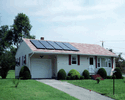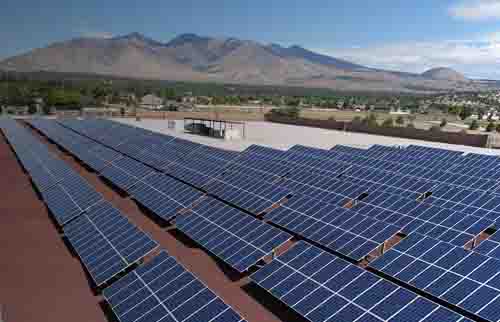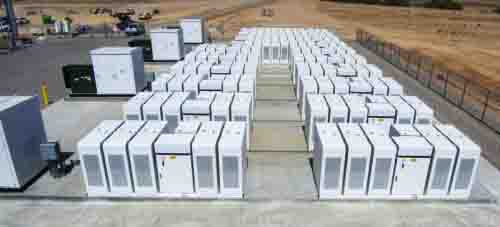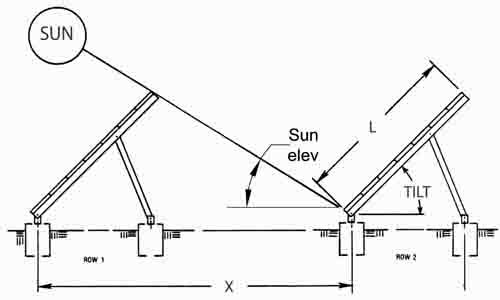Questions to Ask before Purchasing a Solar System

 An informed consumer is a powerful consumer! Here is a list of questions you may want to ask your potential installer to help you make a wise investment in clean, renewable energy.
An informed consumer is a powerful consumer! Here is a list of questions you may want to ask your potential installer to help you make a wise investment in clean, renewable energy.
Courtesy of New York Solar Energy Society via American Solar Energy Society
October 18, 2016
1. What year was the company established?
2. Will you give me a firm quote or an estimate?
3. How are contract changes addressed? Do I have the right to cancel?
4. Do I get a system performance guarantee?
5. How do financing options (lease, PPA, loan, cash) differ?
6. How much can I save using solar?
7. Please explain my utility policies and rate options
8. What if I sell?
9. Who designs the system and forecasts actual output?
10. Will it meet local building and fire codes?
11. How is rapid shutdown accomplished?
12. Who gets the permits?
13. Who knows if my roof is OK?
14. Do you recommend a single inverter or mini inverters or an optimizer?
15. Should I interconnect to the grid? Can I get power during a blackout?
16. Who is responsible for fixing any damage to my roof during installation?
17. How much money is due upfront?
18. Which rebates and incentives come to me? Federal? State? Other?
19. Can I add more panels/modules later?
20. What is my utility policy on systems additions vs. any grandfathering?
21. Should I wait for newer technology?
22. Can I apply for shared solar or community aggregated solar?
23. Are installers your employees?
24. How long will it take?
25. Do I need to be here?
26. What warranties are on different parts of the system and who’s responsible for each? Who do I call if there are
problems?
27. Will my home value change? Will my real estate taxes go up?
28. What if I move?
29. Are the panel/modules blue or black? Will neighbors be notified?
30. How long will they produce maximum power? Will they degrade much?
31. Can squirrels chew the wiring? Are leaves a problem?
32. May I see your state license number and is your insurance paid?
33. Will there be a master electrician on site?
34. Do you have customer references and examples?
35. What is the process for future roof replacement? Cost?
36. What are the performance variables like hot or cold weather?
37. What if a new building is built and shades my system?
38. Will you perform a whole house audit and let me know how to reduce all my energy demands?
39. Can you quote a canopy system, a ground mounted system or a tracking system?
40. If I have an electric vehicle, how much solar energy is needed to charge it?
41. What maintenance is required?






